International Women’s Day (IWD), celebrated every March 8, stands as a powerful reminder of over 100 years of activism and progress in the fight for gender equality.
Born out of early 20th-century labor struggles and socialist movements in North America and Europe, IWD has grown into a global phenomenon recognized by the United Nations and celebrated in more than 100 countries. Its long and complex history reflects a continual reimagining of women’s rights—from revolutionary protests to corporate-sponsored events—and remains central to contemporary debates over gender justice.
Origins in labor activism and socialist movements
The seeds of IWD were sown during the industrial age when workers in the United States and Europe began organizing to protest unequal pay, hazardous working conditions, and the denial of suffrage. In 1909, the Socialist Party of America held the first “National Woman’s Day” in New York City, an initiative inspired by the struggles of garment workers and later bolstered at the 1910 International Socialist Women’s Conference in Copenhagen. German Marxist theorist Clara Zetkin and her colleagues championed the idea of a day dedicated to women’s rights, laying the ideological groundwork for what would soon become an international cause.
First international observances
The inaugural International Women’s Day was celebrated on March 19, 1911, across several European countries, including Austria-Hungary, Denmark, Germany, and Switzerland. Over a million people joined the marches demanding voting rights and workplace equality, signaling that the protests were more than symbolic—they were catalysts for tangible reform. Over time, March 8 was established as the standard date, further entwining IWD with revolutionary politics and the fight against war and oppression.
Revolutionary politics and the Russian connection
A pivotal moment came on March 8, 1917, in Petrograd, when women textile workers struck for “Bread and Peace.” Their protests rapidly escalated into mass demonstrations that played a key role in igniting the February Revolution, which ultimately led to Tsar Nicholas II’s abdication and significant political changes, including the extension of suffrage to women. The Bolsheviks later institutionalized IWD in 1921 as a state holiday, using it to promote women’s participation in the workforce and modernize social practices.
Exporting deology in Communist States
The Soviet model of IWD soon spread to other communist countries. In nations like China, Czechoslovakia, and East Germany, IWD was adopted as a key element of state propaganda, celebrating women’s contributions to socialist construction while masking persisting gender inequalities. These state-sponsored observances often served as grand, performative displays of commitment to gender parity rather than platforms for grassroots dissent.
Resurgence through second-wave feminism
By the 1960s, IWD had faded from prominence in many capitalist countries, only to be revitalized by second-wave feminists who broadened its agenda to include reproductive rights, sexual autonomy, and systemic patriarchy. The United Nations’ endorsement of IWD in 1975, coinciding with the International Women’s Year, helped transform the day into a global rallying point. While UN themes emphasized “women’s rights and international peace,” grassroots activists seized the day to address more localized issues such as domestic violence and workplace discrimination.
Regional adaptations and cultural symbolism
As IWD spread worldwide, distinct regional traditions emerged. In Italy, for instance, communist politician Teresa Mattei popularized the mimosa flower as a symbol of the day, while in France, political rallies continued to echo the day’s revolutionary roots. In Australia, early IWD marches focused on labor rights, highlighting the struggle for an eight-hour workday and equal pay—issues that persisted into the modern era.
Institutionalization and contemporary critiques
The United Nations’ embrace of IWD ushered the day into the realm of global governance, with annual themes and corporate sponsorships becoming commonplace. Yet this institutionalization has sparked criticism among activists who argue that the commercialization of IWD—evident in branded hashtags and corporate “girl power” campaigns—dilutes its radical origins. Recent protests and creative performances, such as Chile’s rendition of “Un Violador en Tu Camino,” illustrate ongoing efforts to reclaim the day’s activist spirit against neoliberal co-optation.
IWD in the 21st century
Today, International Women’s Day remains a contested but vital space for dialogue. It mirrors the evolution of feminism—a movement that continues to adapt to new cultural, political, and economic challenges. From advocating for the gender pay gap and reproductive rights to confronting issues of trans inclusion and intersectional inequality, IWD encapsulates both celebration and critique. In the words of Clara Zetkin, “The most revolutionary act one can commit is to proclaim loudly what is happening.” On this centenary, that call to action endures, urging societies around the globe to honor the past while forging paths toward a more equitable future.
International Women’s Day is more than a commemorative event—it is a living archive of struggle, progress, and the relentless pursuit of justice for women everywhere.
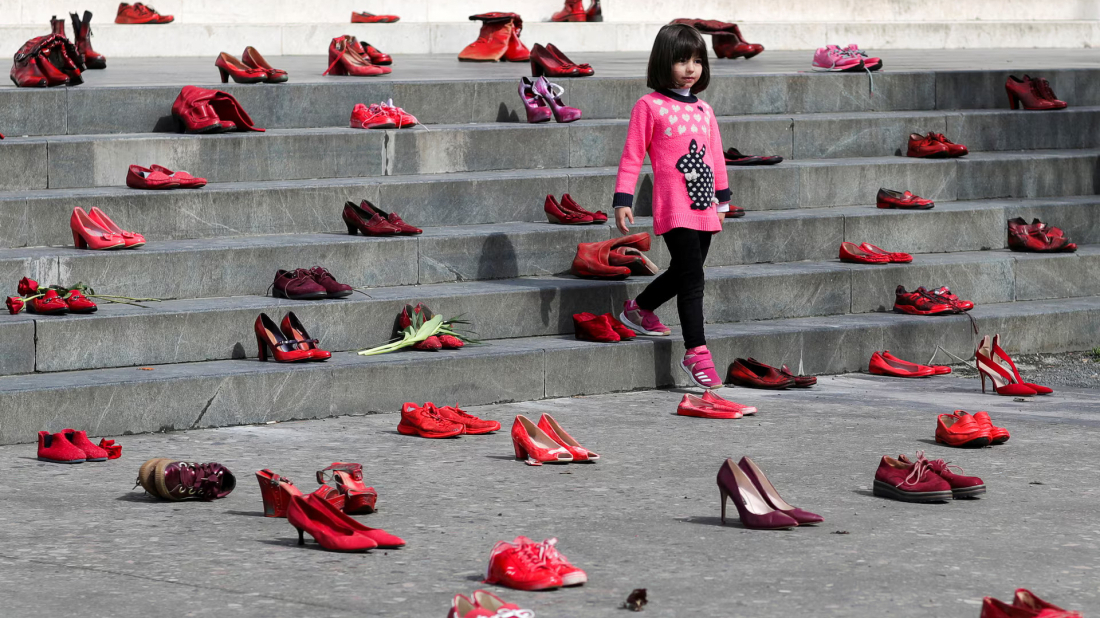






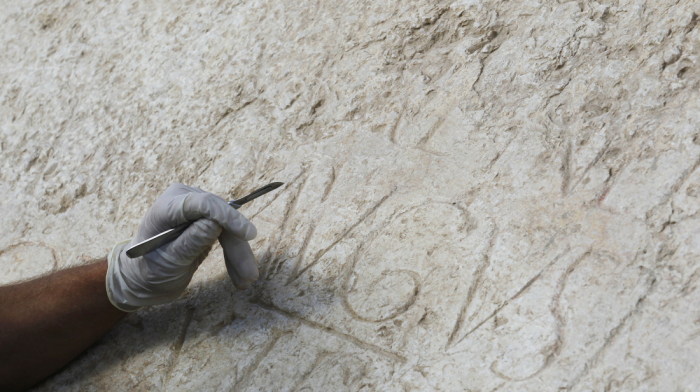


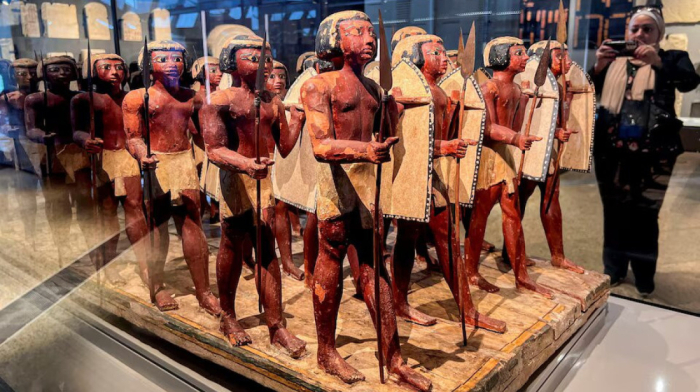
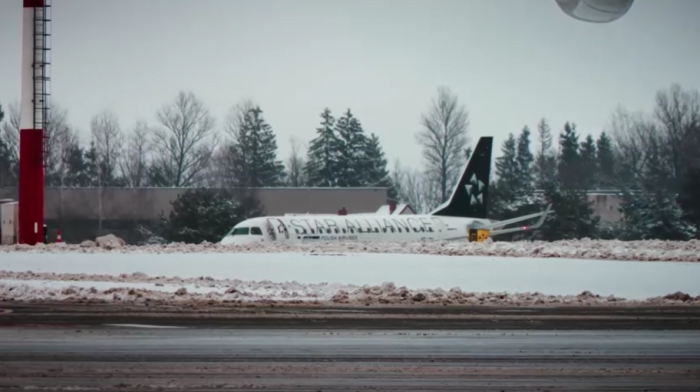

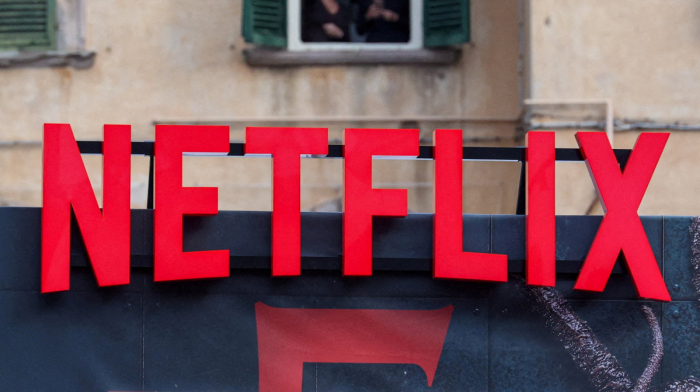






What is your opinion on this topic?
Leave the first comment